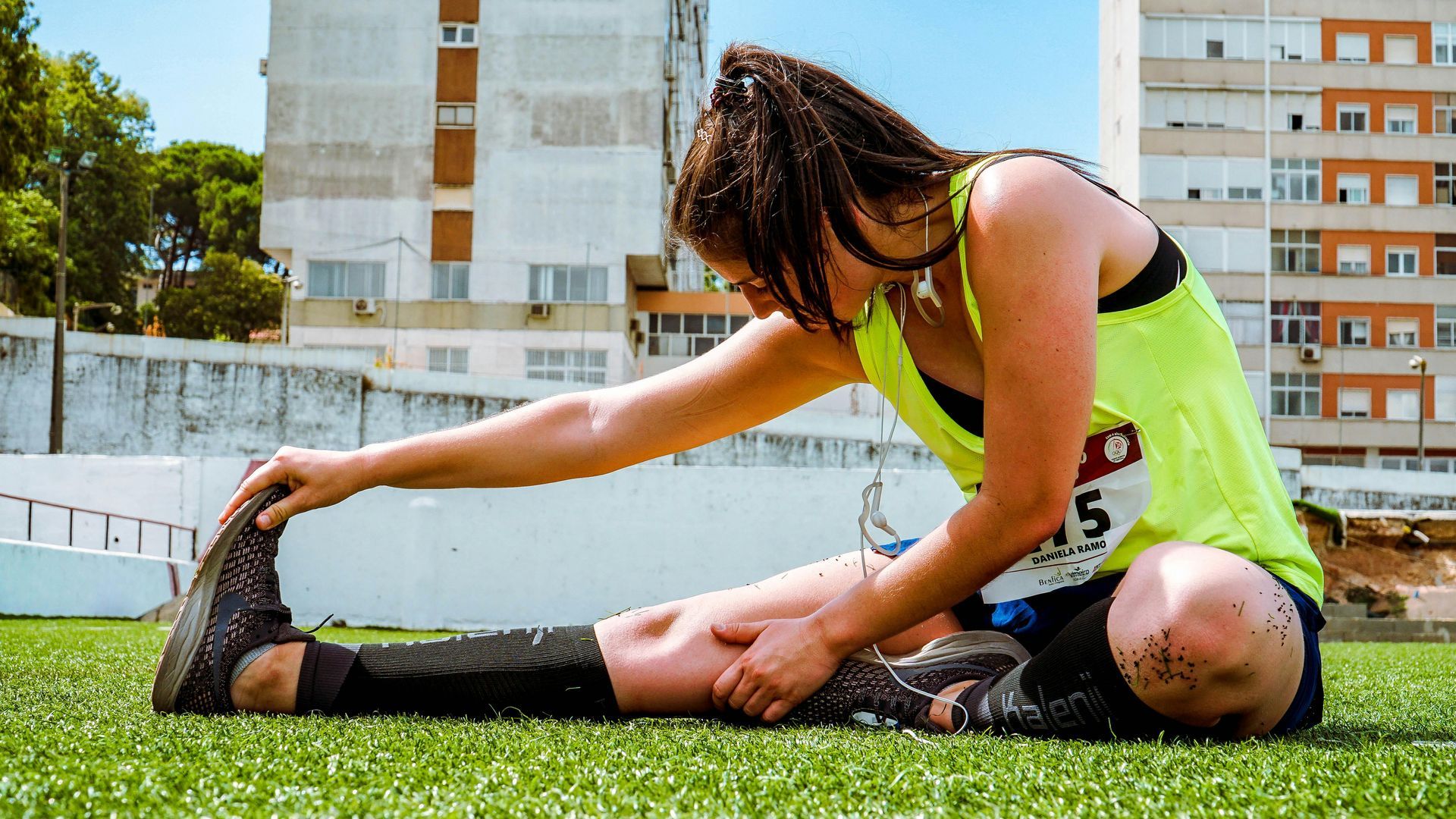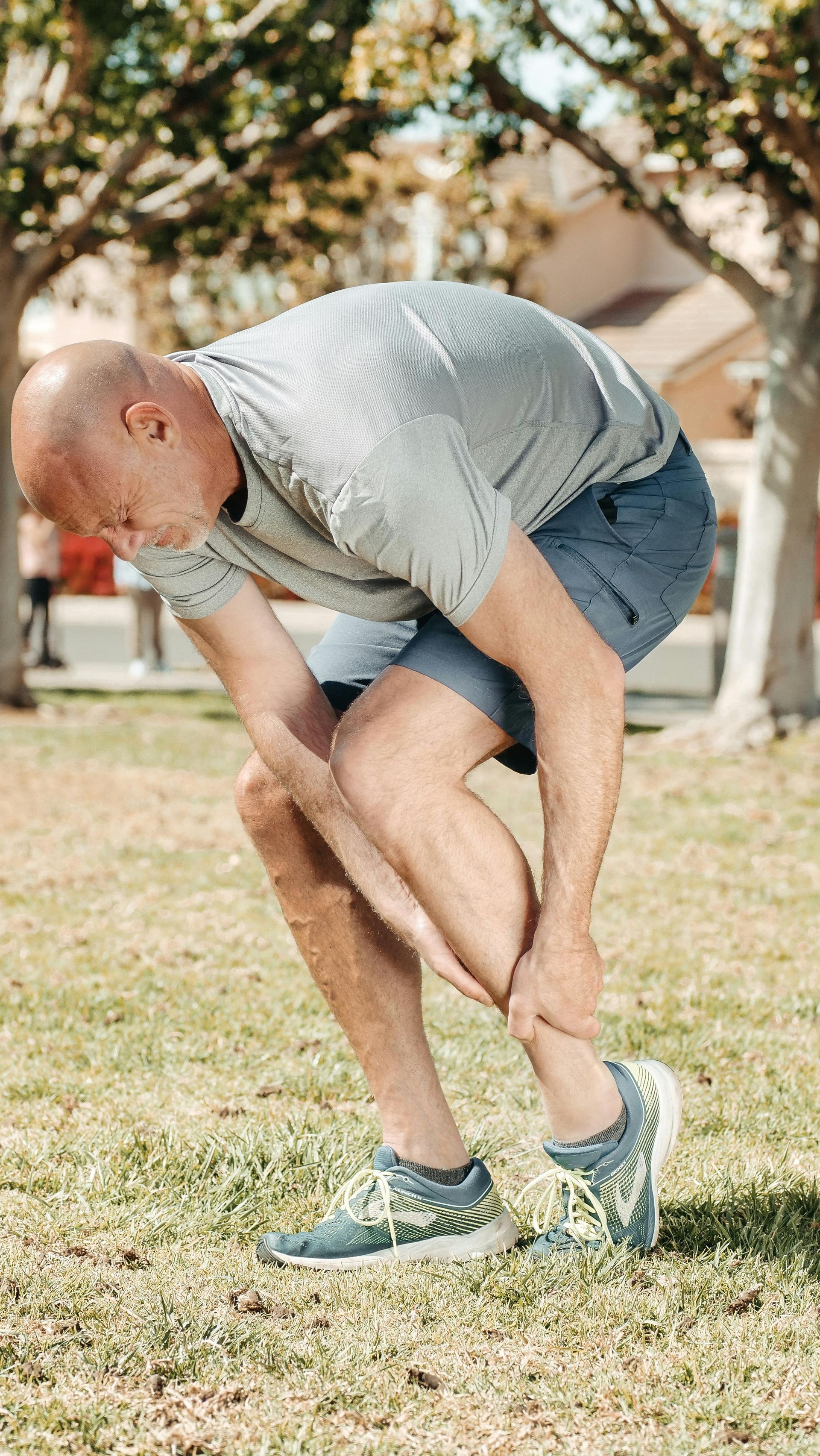Are you stretching enough?
Read about the best ways to stretch to get the benefits

Firstly, Why do we need to stretch?
There is strong evidence to show that stretching our muscles helps to improve our joint mobility and muscle flexibility.
There are different types of stretching with the most common being:
1. Static stretching
This involves holding a position of a muscle for a certain period of time. An example is reaching forwards to touch your toes to stretch your hamstrings.
2. Dynamic stretching
Involves moving a muscle through a controlled range of movement, often mimicking a specific activity or sport. An example is a runner doing long strides or walking lunges before a run.
When should I stretch?
It depends. Research has found that before exercise or sport, it is best to perform dynamic stretches, as they will better prepare you for your activity. It is no longer recommended to do static stretches beforehand, as it can sometimes reduce your performance, particularly for sports requiring explosive power and speed such as basketball and sprinting.
Stretching alone, especially before exercise, will not help to prevent or reduce the chance of injury as once thought either.
How long should I stretch for?
A static stretch should be held for a minimum of 30 seconds (No, 10 seconds is not enough!) and repeated 1-2 times in a session. To achieve maximal flexibility, it is recommended that you stretch at minimum 2-3 x week however daily is more effective.
Does stretching help muscle soreness?
Contrary to popular belief, no. There is no solid evidence to show that stretching will reduce the delayed onset muscles soreness (DOMS) associated with exercise. While most people will agree that stretching feels good and it is completely safe to do so after exercising, focus more on your recovery of sleep and nutrition to help with that DOMS.
Should I stretch if I have an injury?
Most injuries don’t tolerate stretching in the early stages; so it is best to steer clear of them. Talk to your physiotherapist to discuss the best strategies to help recover from your injury the fastest.
Take home messages:
- Stretching alone does not prevent the most common injuries
- Stretching is great for improving flexibility and mobility
- Dynamic stretches are best performed before exercise and sport
- A minimum of 30 seconds is best for static stretching and consistency is key
McHugh, M. P. and C. H. Cosgrave (2010). “To stretch or not to stretch: the role of stretching in injury prevention and performance.” Scandinavian Journal of Medicine & Science in Sports 20 (2): 169-181







